Several waves of destructive assaults unleashed by the Indian military on Pakistan’s air defence system and its prestigious military airfields between 2.30 am and 12.30 pm on May 10 as part of Operation Sindoor forced Pakistan to sue for peace, it has now emerged.
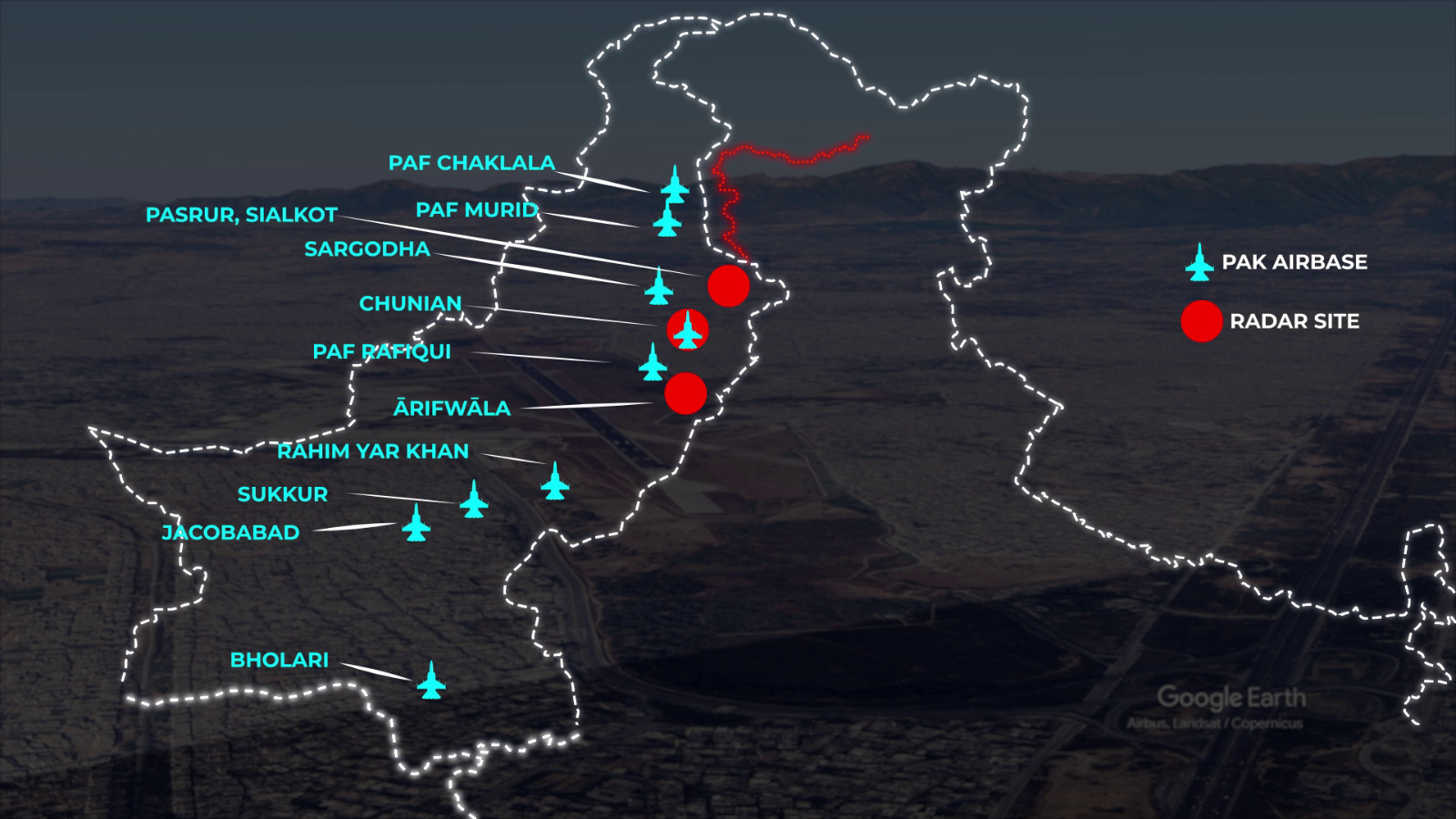
The precision strikes on carefully selected military targets deep inside Pakistan were so lethal and morale-shattering that General, now Field Marshal, Asim Munir, went running to the United States seeking immediate intervention, it is evident now after conversations with multiple sources with knowledge of the events in that 10-hour period.
The sequence of events, pieced together after these conversations, begins at 10.30 pm on May 9 when US Vice President JD Vance called Prime Minister Narendra Modi informing him of a likely massive attack by Pakistan later that night. The Prime Minister told Vance India was ready to not only absorb any riposte from Pakistan but was also prepared to hit back harder (this bit is known since May 11-12).
Immediately after Vance’s call, the Prime Minister Modi issued instructions that India must not hold back if the Pakistani attack comes as mentioned by Vance. India’s ‘war council’ comprising National Security Adviser (NSA) Ajit Doval, Chief of Defence Staff (CDS) Gen Anil Chauhan and the three Service Chiefs, Gen Upendra Dwivedi, Air Chief Marshal AP Singh and Admiral Dinesh K. Tripathi, went into a quick huddle, discussed options and got down to work.
Pakistan Provokes, India Doubles Down
Pakistan’s attack commenced around 1.30 am. Within an hour, India’s ferocious response was underway.
From air-launched BrahMos, Scalp and Crystal Maze missiles to Harop and Nagastra kamikaze loitering munitions, a mix of lethal weapons rained on Pakistan’s air defence assets, airfields and in some cases aircraft on ground, after Pakistan’s heaviest assault on Indian military bases.
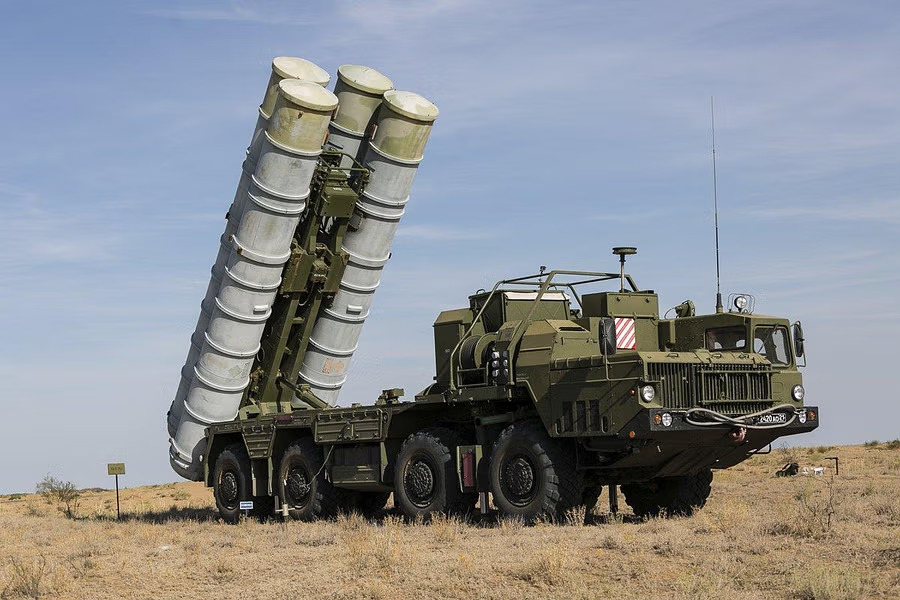
As its multi-layered air defence system led by the S-400 (based at two locations in western India, one of them, the Adampur air base) and Akash missiles among other platforms, thwarted the incoming barrage of missiles and drones on Indian airfields in north and west India, the Indian military responded with intensified attack that pulverized Pakistan’s prized assets.
Operation Sindoor: India’s Air Blitz
The first wave of Indian attack that began at 2.30 am hit the Nur Khan base near Rawalpindi and Rahimyar Khan base nearly 800 km south. Nur Khan airbase, close to Pakistan Army’s General HQs was the hammer blow. The Indian strike disabled the two mobile command centres and hit an on-ground C-130 transport aircraft, according to a preliminary assessment. The apron, taxiways and runway at the Rahimyar Khan base were hit, rendering the airfield inoperative.
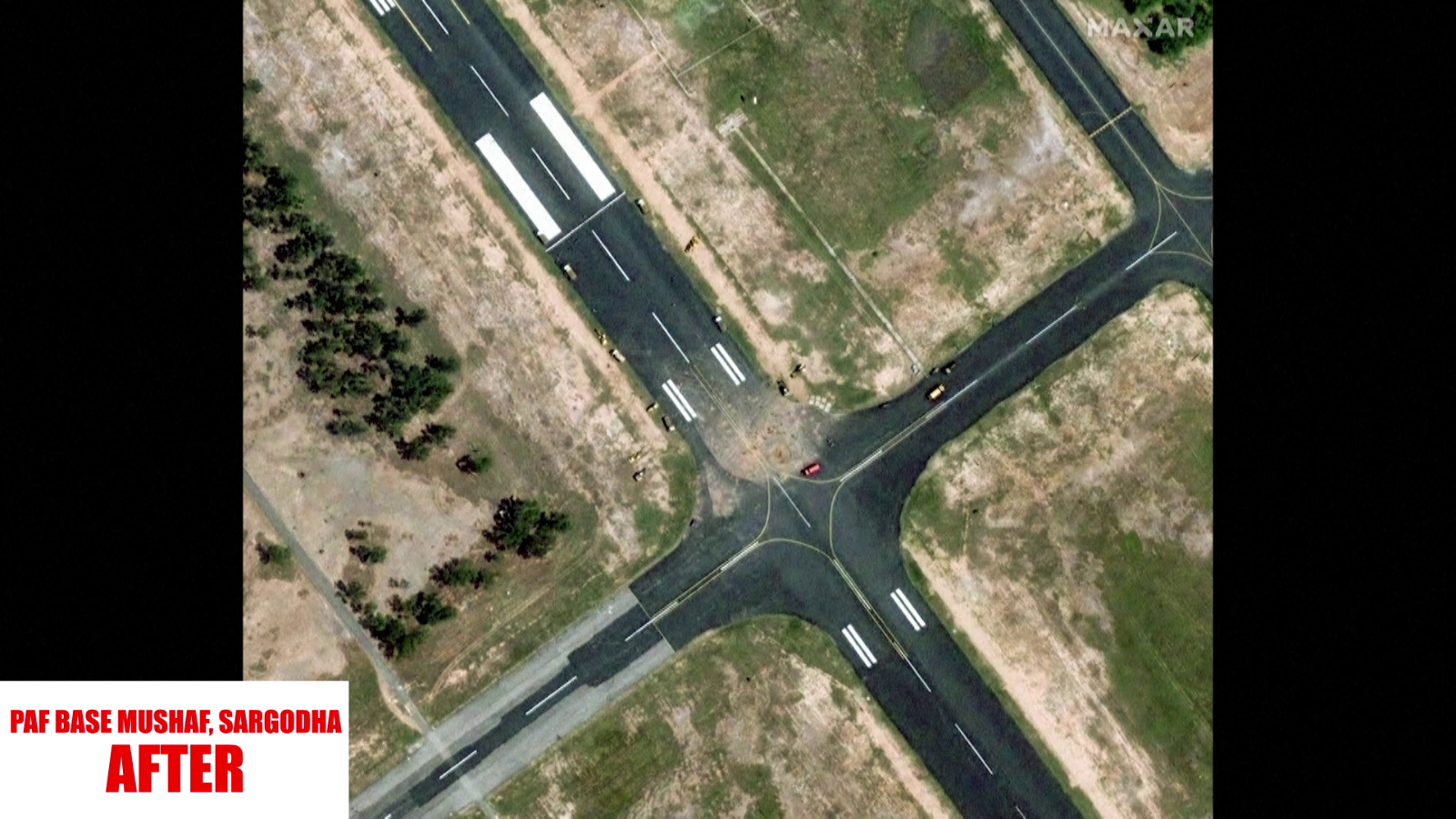
Simultaneously, Indian Army units, using the Excalibur ammunition from the M-777 howitzers close to the Line of Control (LoC) and the International Border (IB) were pounding Pakistani bases. The Nagastra loitering munition, locally designed and manufactured, was also brought into play. The Indian Air Force (IAF) also launched the decoy planes followed by Harop kamikaze drones to hit several targets, but more was to come.
The Second Wave
The second wave of assault was psychologically more devastating. Indian missiles hit Sargodha and Murid air bases. Sargodha, the crown jewel of the Pakistani Air Force, is home to US-supplied F-16 squadrons.
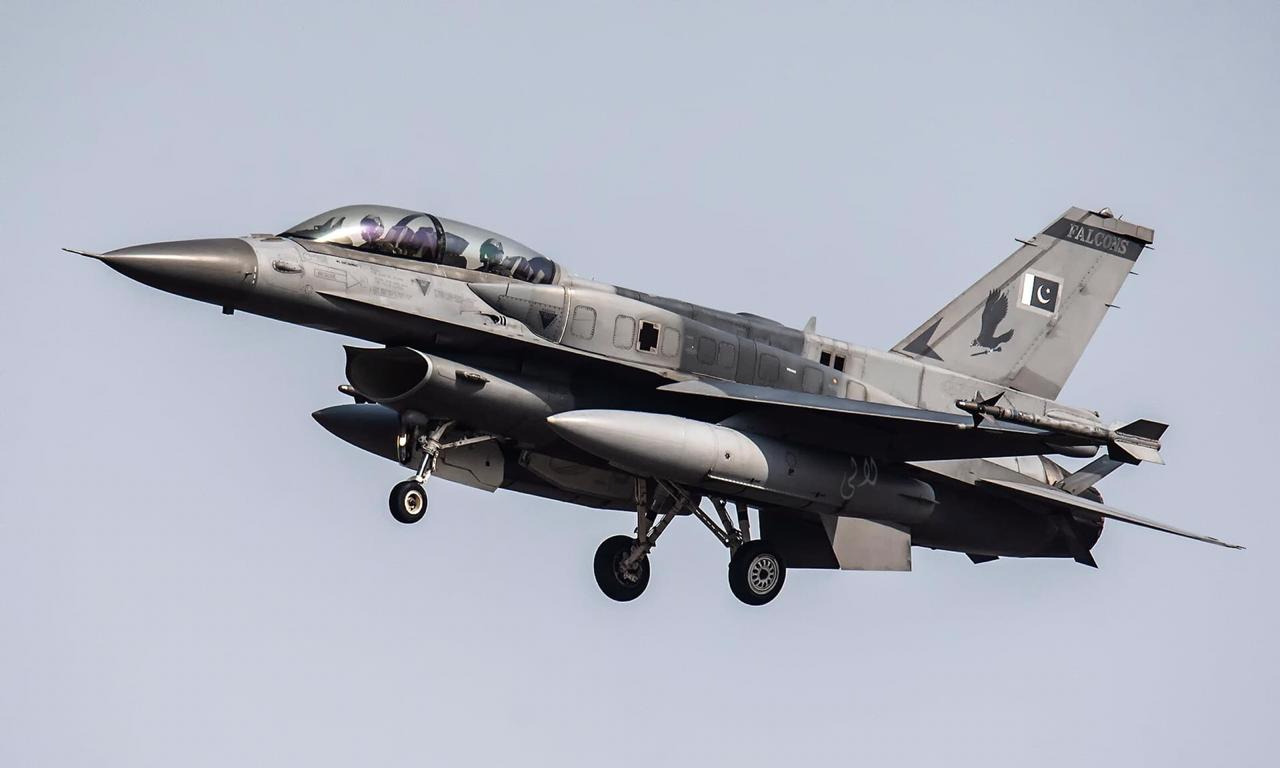
What exact damage was caused at the Musaf airbase, part of the Sargodha complex, is being ascertained but the fact that Indian precision strike hit deep inside Pakistan, sent alarm bells ringing in both Pakistan and the Pentagon.
Operation Sindoor: Pakistan’s Frantic Attempts
By 9.30 am on May 10, Pakistan was frantically trying to contact India. The first request came via the Pakistani High Commission in New Delhi to the Ministry of External Affairs. India’s response was: The Pakistani DGMO (Direct General Military Operations) must contact his Indian counterpart. Simultaneously, Asim Munir was making calls to the Americans and offering to stop firing forthwith.
Almost immediately, U.S. Secretary of State Marco Rubio, also holding the charge of NSA, dialled India’s External Affairs Minister S. Jaishankar, conveying Pakistan’s willingness to cease fire. Jaishankar responded by reiterating that the only appropriate channel of communication between India and Pakistan was the hotline between the DGsMO.
By this time, India’s military strikes were in an overdrive. The third and fourth phase of the Indian strikes hit air bases and radar sites at Murid, Rafiqui, Sukkur, Jacocabad, Bholari, Chunian, Pasrur and Arifwala. The multiple strikes, and especially the destruction of the nerve centre of Pakistan’s air defence at Nur Khan air base, unnerved the Pakistani leadership. That Asim Munir called Prime Minister Prime Minister Shehbaz Sharif before dawn on May 10 is well known. The call was definitely made after the first attack that hit Nur Khan.
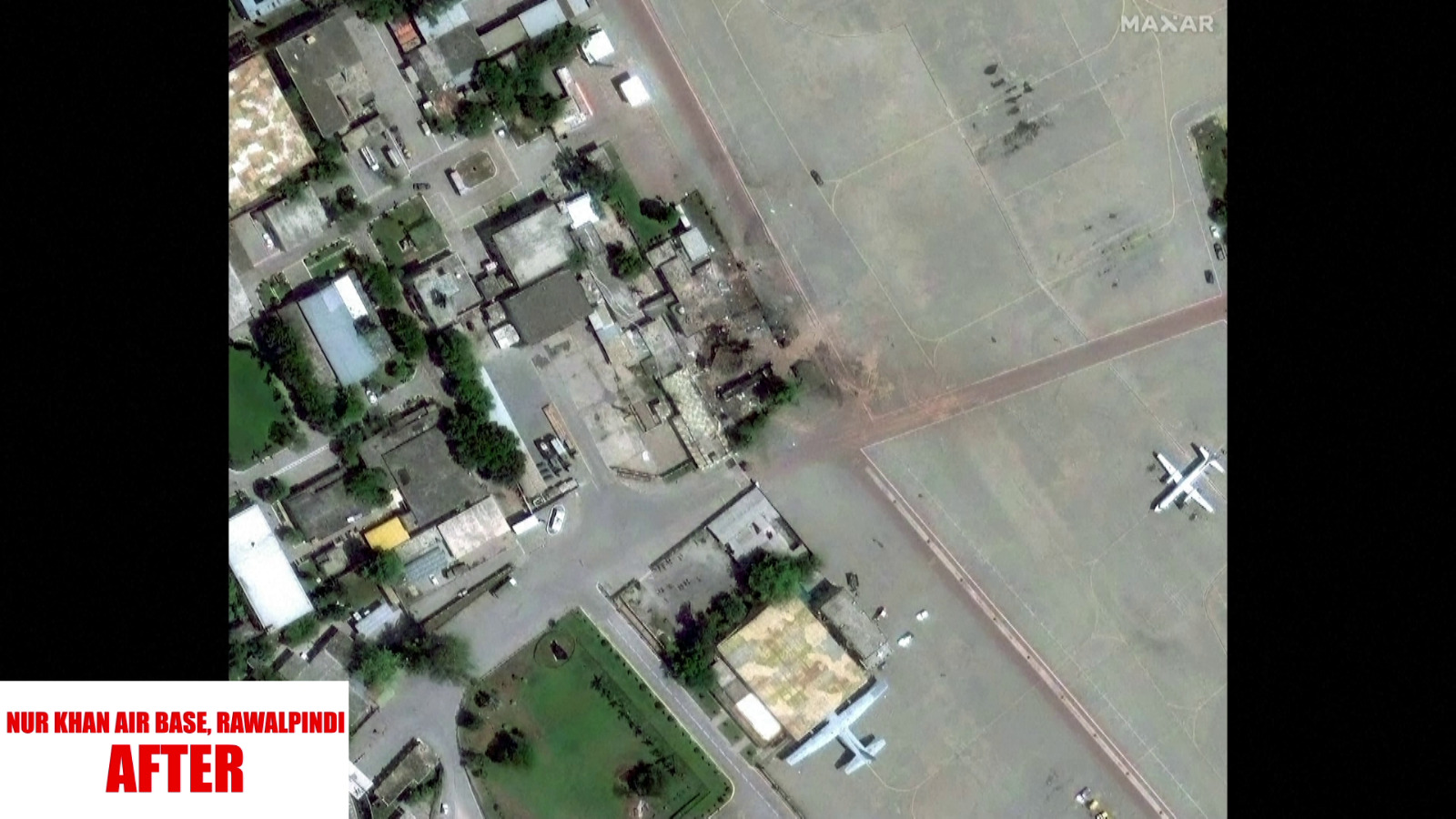
By 12 noon, Indian attacks had ceased. At 12.30 pm, Pakistan’s DGMO tried to contact the Indian DGMO. He was unavailable. The two could finally speak at 3.30 pm. India, in keeping with its declared policy immediately agreed to stop firing at Pakistan’s request with effect from 5 pm Indian Standard Time (IST). The rest of the story is well known by now.
Two weeks since then, the stoppage of offensive actions from both sides has held.
Nitin A. Gokhale is a media entrepreneur, one of South Asia's leading strategic affairs analyst and author of over a dozen books so far on military history, insurgencies and wars.
Starting his career in journalism in 1983, he has since led teams of journalists across media platforms.
A specialist in conflict coverage, Gokhale has covered the insurgencies in India’s North-East, the 1999 Kargil conflict and Sri Lanka’s Eelam War IV between 2006-2009.
Gokhale now travels across the globe to speak at seminars and conferences, and lecture at India’s premier defence colleges. He has founded three niche portals, Bharatshakti.in, stratnewsglobal.com and Interstellar.news.





